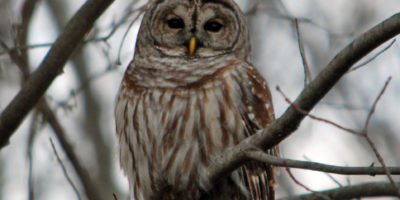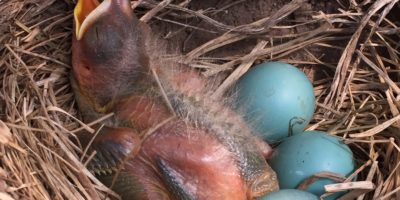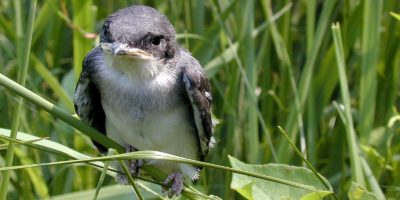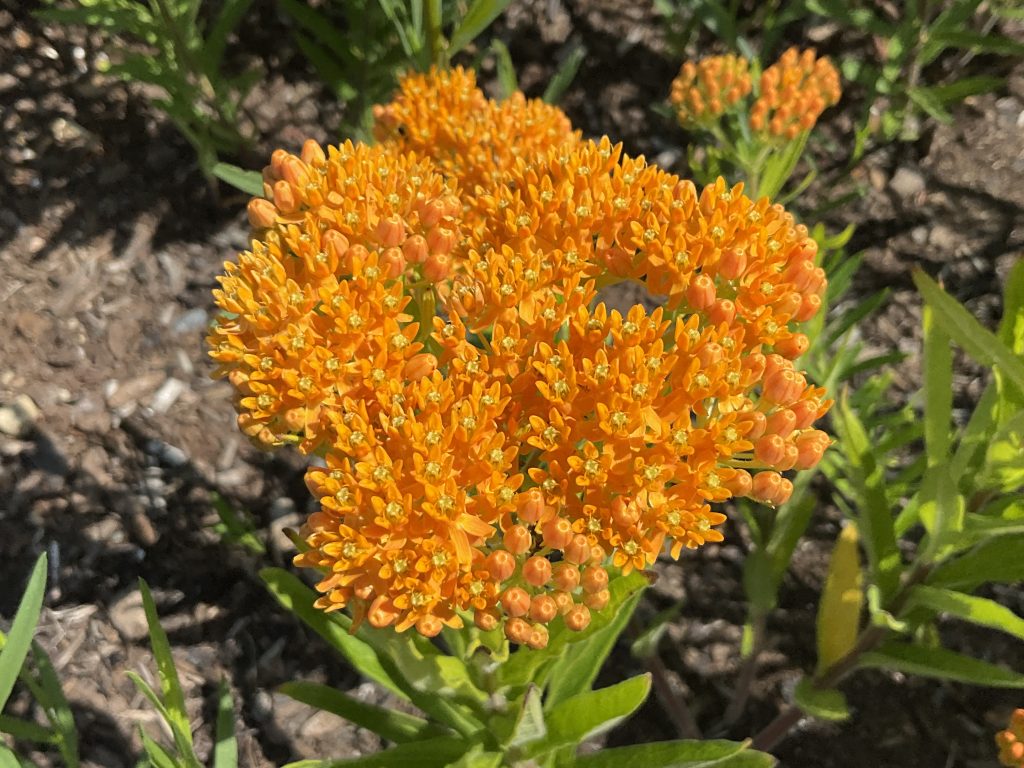Sometimes attracting songbirds to your yard is as easy as hanging a well-stocked feeder and planting the right kinds of seed-bearing perennials. But what if you’re interested in going beyond caring for the current population to building upon it?
If you’re looking for a project these days, maybe try installing (or even building) an attractive home or two to accommodate your favorite species. But did you know that, when it comes to birdhouses, one size (and style) does not fit all?
Of course, if your sole aim is to add a bit of charm to your yard, well, it doesn’t much matter the style of house you choose. But what if your goal is to attract specific species? In that case, a bit of research is in order.
What we think of as “regular” birdhouses, officially called “nest boxes,” attract only cavity-nesting birds. But not every bird fits the bill, so to speak. For example—did you know that purple martins like to nest in colonies? Or that robins prefer to settle on platforms open to the air?
But since they’re the most popular option, let’s take a closer look at nest boxes. In picturing your standard birdhouse, chances are you’ll imagine a pointed roof, a small round opening, and some kind of perch. Even if your chosen house is primarily decorative, you still want it to be practical in case it catches someone’s eye. First, nix the perch—once standard in birdhouse design, perches are not only considered unnecessary, but actually make it easier for predators to gain entrance.
Next, make sure your chosen house is easy to clean. Hinged roofs are a good solution. Also, to ensure that the interior stays dry, install drain holes. Armed with a drill, these can be easily added to any standard house, bought or built.
Once you’ve decided on a basic style, it’s time to talk dimensions. Begin by thinking about which birds are likely to take up residence. First, take note of what birds you already have, then look up their preferred living arrangements. Cavity-nesting birds include chickadees, titmice, house finches, wrens, nuthatches, bluebirds, woodpeckers, many owls, and kestrels.

Obviously, these birds will have different dimensional needs, information easily sourced via books and the internet. The diameter of the entrance hole is, of course, critical—you don’t want your residents getting stuck moving in or moving out! While chickadees, for example, prefer a doorway diameter of one and one-eighth inches, screech owls prefer something closer to three inches. But be specific—oversized entrances mean less desirable birds may evict or injure nesting birds. Large holes also make it easier for predator invasions, and brooding birds who feel insecure with the size of the doorway may abandon their chicks.

Next, consider the roof—we’ve all, no doubt, tried to outwit the cunning squirrels who insist on perching on our birdfeeders, scaring off songbirds and stealing food. We don’t want the same thing to happen to our nesting boxes. A long roof—think a 5-6 inch apron over the doorway and 2-3 inches on either side—offers a built-in baffle, protecting against a predator’s reach. Too, a pitched roof makes it less likely that predators (like cats) will choose to take a seat, waiting for a convenient moment to pounce.
Once all of these factors are taken into consideration, it’s time to build. Find birdhouse plans online, then forage and recycle building materials (avoiding pressure-treated wood)—birds appreciate older, well-seasoned wood. Remember the conditions you’d prefer in your ideal home, and integrate those into your design—good drainage, ventilation, a deep roof, natural building materials, and easy access for cleaning. You might be tempted to paint the outside (never the inside) of your house, but keep in mind that birds, for safety, prefer houses that blend into their surroundings—feel free to let your creativity reign, but, if brightly painted, a house may very well remain unoccupied.
Finally, decide where best to place your house. Research is in order but, in general, mount your structures 6-12 feet above the ground and far from houses, trees, or shrubs from which predators could leap. The internet offers a rich resource of mounting heights for different species.
Once you’ve completed your design, put it up. There’s no wrong time to hang a birdhouse—even if you’ve missed nesting season, birds will investigate your structure if you keep it clean and offer easy access to nesting materials—grass clippings, pieces of yarn or thread, human hair, animal fur, pine needles, shredded paper, and cotton balls, to name a few. A nearby supply of foods like suet or seed and a water source will help ensure that your neighborhood birds will make themselves at home.
If you’re interested in building or decorating a birdhouse, maybe consider crafting another—this season at the Gardens we’re putting out the call to anyone interested in stretching their creative muscles while housing as many Gardens birds as possible. We’re hoping to line the Birch Allée with an imaginative array of community-built houses. Have an artistic flair? Our Visitor Center will feature whimsical and unique birdhouses (intended for decorative use only).

Are you a backyard birder? Our Curator of Living Collections, Andy Brand, has given us his top ten of the season. How many of his favorites can you check off your own must-see list?
- Common loon
- Wood duck
- Osprey
- Eastern Phoebe
- Blue-headed vireo
- Red-breasted nuthatch
- Winter wren
- Hermit thrush
- Blackburnian warbler
- Black-throated blue and green warblers
~Amy Holt, Writer/Editor

